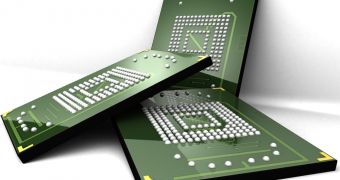Micron buying Elpida was a foregone conclusion, even with all the reports and counter-reports on the matter, but, now that it has happened, some parties are concerned about what may come next.
The analysts at IHS iSuppli have studied the acquisition of Elpida by Micron, and the status of both before and after the fact, and they didn't find everything to be going smoothly.
Not that there was anything wrong or illegal about the transaction, far from it, but iSuppli still sees some risks.
Micron will have double the manufacturing capacity after everything is sorted out, but it may be hard to integrate Elipda's facilities and customer base into its own.
There is also the matter of costs and time it will take to assimilate what is essentially a memory maker of the same scale as Micron.
We haven't forgotten how Elpida overtook Micron on the DRAM market just before being bought by the latter.
Moreover, Micron further added to its plate by buying Rexchip at the same time it did Elpida.
“Several key components make the Micron-Elpida deal appear to be a smart move, but integration could prove challenging or even messy if details are not worked out carefully enough,” said Mike Howard, senior principal analyst for DRAM & memory at IHS.
“Micron’s previous acquisitions in years past of specialty memory makers Numonyx and Inotera presented unanticipated surprises, and in some ways Micron is still digesting those purchases. Adding Elpida to the mix is unlikely to hasten the rest of the complicated integration process that Micron still needs to do with its earlier buyouts.”
Nevertheless, with Elpida adding to its status, Micron (24.8% share) has overtaken Hynix Semiconductor of South Korea (24.2%) on the DRAM segment. Samsung remains the leader though (40.8%).

 14 DAY TRIAL //
14 DAY TRIAL //